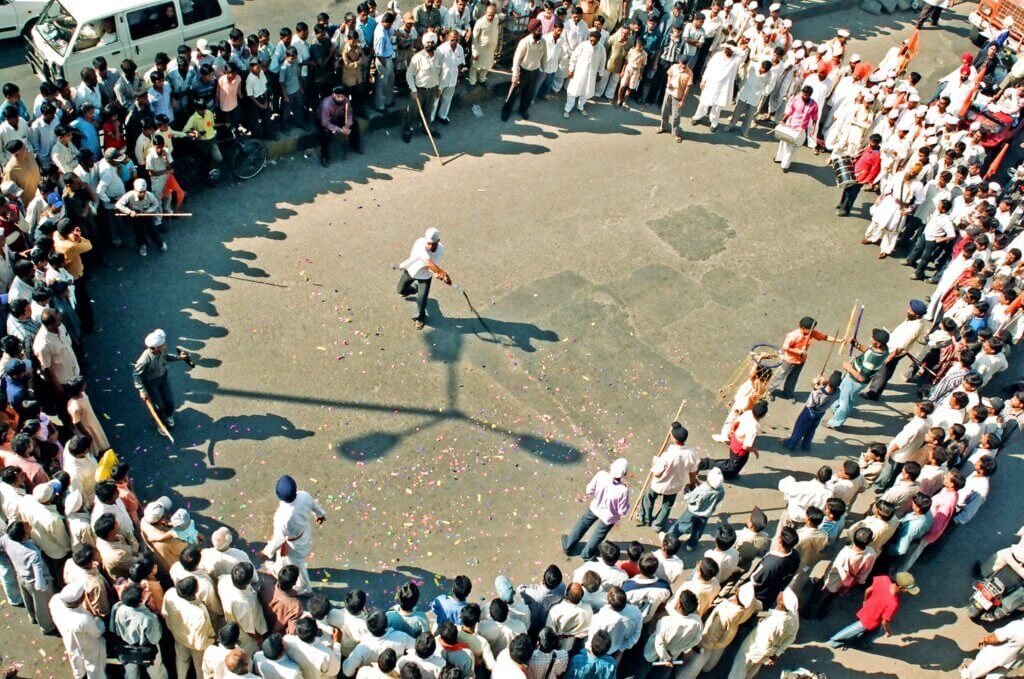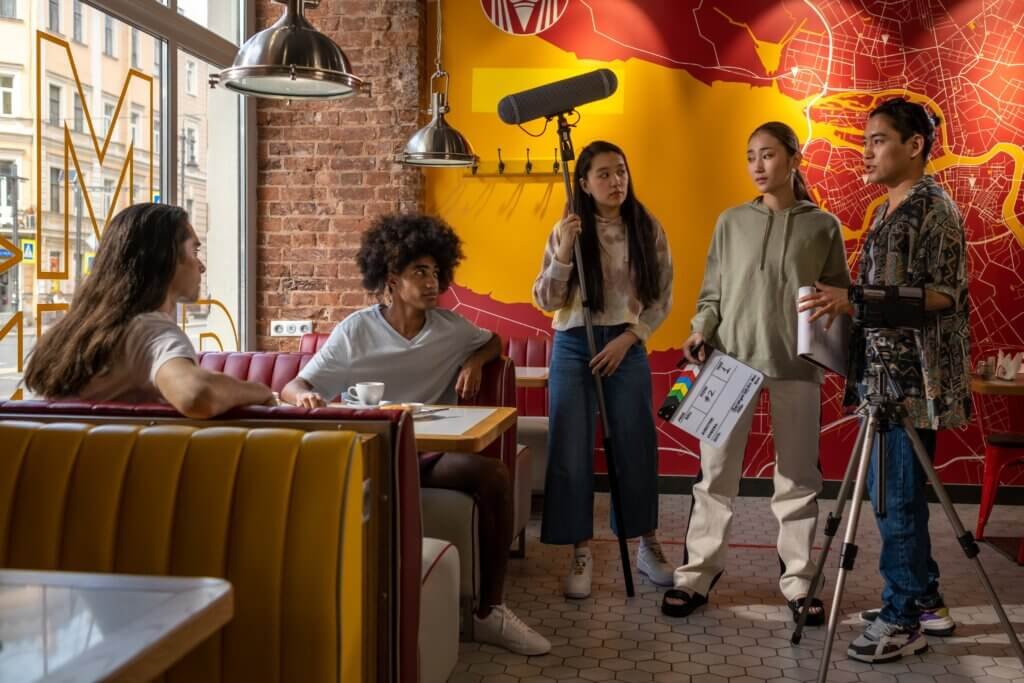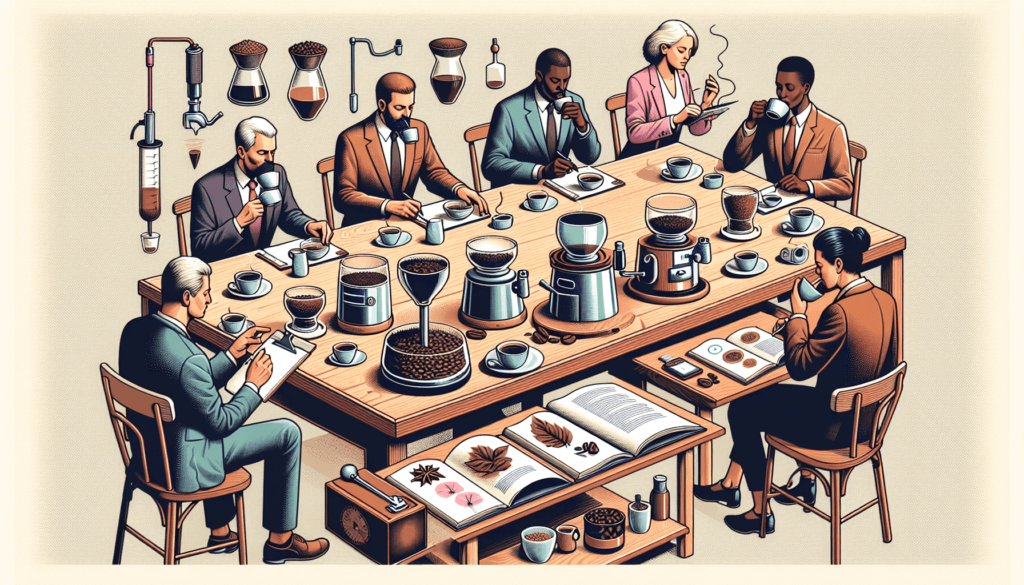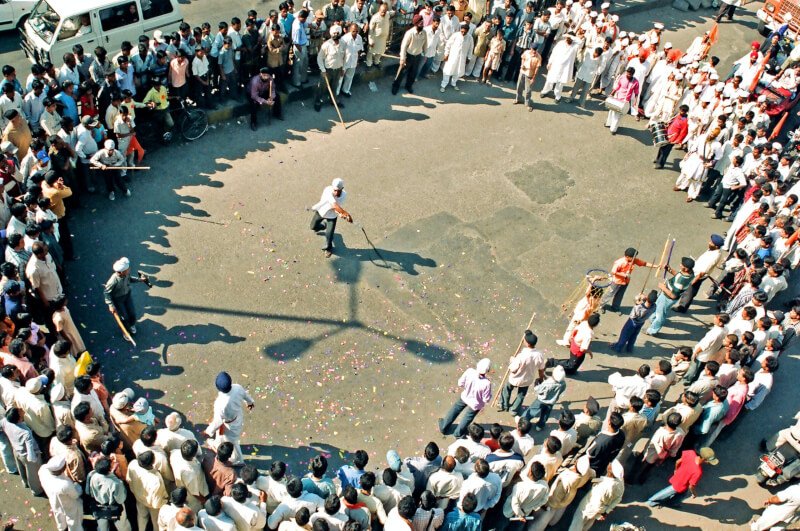So, you’ve been dreaming about hosting a coffee tasting event that will blow everyone away with its flavor and sophistication? Look no further! In this guide, we will walk you through all the essential steps to create a truly memorable and successful coffee tasting experience. From selecting the perfect location to curating an impressive selection of beans, we’ve got you covered. Whether you’re a seasoned coffee connoisseur or just starting out on your journey of java exploration, this guide will equip you with all the knowledge and tips you need to make your coffee tasting event a resounding success. Get ready to awaken your senses and leave your guests craving for more!

Choosing the Location
When organizing a coffee tasting event, one of the first decisions you need to make is selecting the right location. Consider the space requirements, taking into account the number of participants you expect to attend. Ensure that the venue has enough room to comfortably accommodate everyone and allow for movement during the tasting.
Accessibility and parking are also important considerations. Choose a location that is easily accessible for your target audience, whether it’s a central location in the city or a venue with ample parking. This will make it convenient for participants to attend and ensure a smooth experience.
Proper lighting and ventilation are essential for creating a pleasant and comfortable atmosphere. Make sure the venue has adequate lighting so that participants can properly examine and appreciate the appearance of the coffee. Good ventilation is necessary to minimize any unwanted odors and maintain a fresh ambiance throughout the event.
Lastly, evaluate the ambiance and atmosphere of the venue. Consider the overall vibe you want to create for your coffee tasting event. Whether it’s an intimate and cozy setting or a more sophisticated and formal atmosphere, choose a venue that aligns with the ambiance you wish to create. The right ambiance can enhance the overall experience for your participants.
Selecting the Coffee
The coffee you choose for your tasting event plays a crucial role in creating a memorable experience for your participants. Determine the purpose of the event – are you showcasing a specific coffee region, promoting local coffee roasters, or exploring different flavor profiles?
Decide on the coffee origin and variety based on your event’s goals and target audience. Consider offering a variety of options, such as single-origin beans or different blends, to cater to different tastes. Providing options allows participants to explore the nuances of different coffees and discover their personal preferences.
Consider the flavor profiles of the coffees you choose. Some coffees may have fruity and floral notes, while others may be more earthy or nutty. Think about how these flavors will appeal to your participants and create a diverse tasting experience. It’s also important to note whether the coffees are light, medium, or dark roast, as this will affect the flavor profiles as well.
Evaluate the roast levels of the coffee you select. Different roast levels bring out different characteristics in the beans, so it’s important to consider this when planning your tasting. Light roasts often highlight the origin flavors, while medium and dark roasts tend to bring out more developed flavors. Offering a range of roast levels allows participants to explore the full spectrum of coffee flavors.

Inviting Participants
Defining your target audience is crucial when inviting participants to your coffee tasting event. Are you targeting coffee enthusiasts, professionals in the industry, or the general public? Understanding your audience will help you tailor your event to their preferences and interests.
Create an invitation list based on your target audience. Reach out to coffee aficionados, local industry professionals, and individuals who have expressed interest in attending events similar to yours in the past. Make sure to include contact information for RSVP purposes.
Send out formal invitations to your selected list. You can use both digital and physical invitations, depending on the formality of your event and the preferences of your audience. Be sure to include all the essential details, such as the date, time, location, and any special instructions or requirements.
Follow up with reminders closer to the event date. This serves as a gentle nudge for participants to RSVP if they haven’t already and helps ensure that they don’t forget about the event. Reminders can be sent via email, text message, or through social media platforms to reach a wider audience.
Preparing the Equipment
Investing in quality brewing equipment is essential for a successful coffee tasting event. Consider the number of participants and ensure that you have enough brewing equipment to accommodate everyone. Opt for equipment that is known for its reliability and produces consistently good coffee.
One coffee grinder might not be sufficient, especially if you’re offering a variety of coffees. It’s important to have enough coffee grinders to prevent delays and ensure a smooth flow during the tasting. Consider having dedicated grinders for each coffee to avoid cross-contamination of flavors.
Offer a variety of brewing methods to cater to different preferences. This could include options like pour-over, French press, or espresso-based beverages. Providing a range of brewing methods allows participants to experience various flavors and brewing techniques.
Remember to provide tasting cups and spoons for participants to sample the coffees. Opt for small cups that allow participants to evaluate the aroma and taste of the coffee without overwhelming their palate. Tasting spoons should be durable and easy to handle, ensuring that participants can fully appreciate the flavors of each coffee.

Designing the Tasting Schedule
Planning the duration of your coffee tasting event is crucial to keep participants engaged and ensure a well-paced experience. Consider allocating at least an hour and a half to two hours for the tasting, depending on the number of coffees you plan to showcase and the level of interaction you want to include.
Create a structured tasting agenda to guide the flow of the event. Start with an introduction to set the tone and provide participants with an overview of what to expect. Then move through each coffee, allowing enough time for participants to savor each one and discuss their observations.
Include breaks for palate cleansing between coffees. This can be as simple as providing water and plain crackers to refresh participants’ palates and clear away any lingering flavors. Palet cleansers are essential for ensuring that participants can fully appreciate the unique qualities of each coffee.
Allocate time for discussion and Q&A throughout the tasting. Encourage participants to share their thoughts, ask questions, and engage in conversations about the coffees. This not only enhances the learning experience but also fosters a sense of community among the attendees.
Arranging the Layout
The layout and arrangement of the tasting space can significantly impact the overall experience for participants. Arrange tables and seating in a way that allows participants to comfortably engage with the coffees and each other. Consider a layout that promotes interaction and facilitates conversation.
Set up a separate brewing station where participants can observe and learn more about the brewing process. This gives them an opportunity to appreciate the craftsmanship behind each cup of coffee and ask questions directly to the baristas or brewers.
Create a designated cupping area where participants can focus solely on evaluating the flavors and aromas of the coffee. This area should be free from distractions and provide a controlled environment for participants to fully engage their senses.
Display information about each coffee, including tasting notes, origin, and any unique characteristics. This can be done through printed materials or digital displays. Additionally, consider having samples of the actual coffee beans available for participants to see and touch, further enhancing their coffee tasting experience.

Facilitating the Tasting
As the host of the coffee tasting event, it’s important to facilitate the experience and guide participants through the sensory journey. Start by introducing the purpose and format of the tasting, setting the stage for what participants can expect and how they should approach the tasting.
Guide participants through the sensory experience by encouraging them to use all their senses when evaluating each coffee. Prompt them to observe the appearance, smell the aroma, savor the taste, and feel the mouthfeel of the coffee. Provide guidance on what to look for, such as flavor notes or body, and encourage participants to express their observations.
Create an environment that fosters sharing and discussing observations among participants. Encourage participants to interact with each other and share their thoughts, preferences, and experiences throughout the tasting. This not only enriches the overall experience but also encourages a sense of community and camaraderie among coffee enthusiasts.
Provide guidance on proper tasting techniques, especially if your audience includes individuals who may be new to coffee tasting. Explain the basics of evaluating different characteristics of a coffee, such as acidity, sweetness, and balance. Share tips on how to properly taste and appreciate the nuances of each coffee, ensuring that participants can fully engage with the coffees on offer.
Pairing with Food
Consider pairing the coffee with complementary food items to enhance the tasting experience. Coffee and food pairing can bring out different flavors and create interesting combinations. Consider the flavor profiles of the coffee and select food items that will complement or contrast them, depending on the effect you want to achieve.
Create a menu for the tasting event, indicating the suggested food pairings for each coffee. Include detailed descriptions of each pairing, explaining how the flavors of the coffee and food interact with each other. This provides participants with guidance on how to enhance their tasting experience through curated food pairings.
Offer different food options to cater to various dietary preferences and restrictions. This could include vegetarian, vegan, or gluten-free options. Providing a range of choices ensures that all participants can fully enjoy the tasting event and feel included.
If participants have specific dietary restrictions or allergies, make sure to provide alternatives for them. Reach out to participants in advance to gather any dietary requirements and work with your caterer or food provider to accommodate these needs. This ensures that everyone can enjoy the food and coffee pairings without any concerns.

Promoting the Event
Promoting your coffee tasting event is crucial to attract participants and generate excitement leading up to the day. Utilize social media platforms to spread the word and create buzz around the event. Share attractive visuals, such as photos of coffee beans or brewing equipment, along with information about the event details and how to RSVP.
Collaborate with local coffee shops or businesses to expand your reach and tap into their customer base. This can include cross-promotion on social media, joint advertising efforts, or even hosting the event at a coffee shop that aligns with your event’s goals.
Create visually appealing promotional materials such as posters, flyers, or digital graphics. These materials should capture the attention of potential participants and entice them to learn more about the event. Use images of coffee, color schemes that evoke a sense of warmth and richness, and clear, concise messaging to convey the event’s key details.
Consider offering early bird registrations or discounts to incentivize participants to sign up early. This not only helps secure attendance but also builds anticipation for the event, as participants feel they are getting a special offer by registering early.
Evaluating the Event
After the coffee tasting event concludes, it’s essential to gather feedback from participants to understand their experiences and assess the success of the event. Send out post-event surveys to gather feedback on various aspects, such as the quality of the coffees, the organization of the event, and the overall experience. This feedback will provide valuable insights to help you improve future coffee tastings.
Analyze the success of the event based on various metrics, such as participant attendance, engagement levels, and overall satisfaction. Assess whether the event achieved its goals and how well it met the expectations of participants. Use this analysis to determine the strengths and weaknesses of the event and inform your planning for future coffee tastings.
Identify areas for improvement based on the feedback and analysis. This could include changes in the tasting schedule, adjustments to the layout or equipment, or refining the food and coffee pairings. By taking into account the suggestions and criticisms from participants, you can continuously improve and refine your coffee tasting events.
Adjust and plan for future coffee tastings based on what you’ve learned from evaluating the event. Incorporate the feedback, make necessary changes to address any shortcomings, and build upon the successes of your previous event. This iterative approach ensures that each coffee tasting becomes better and more enjoyable for both you and your participants.


